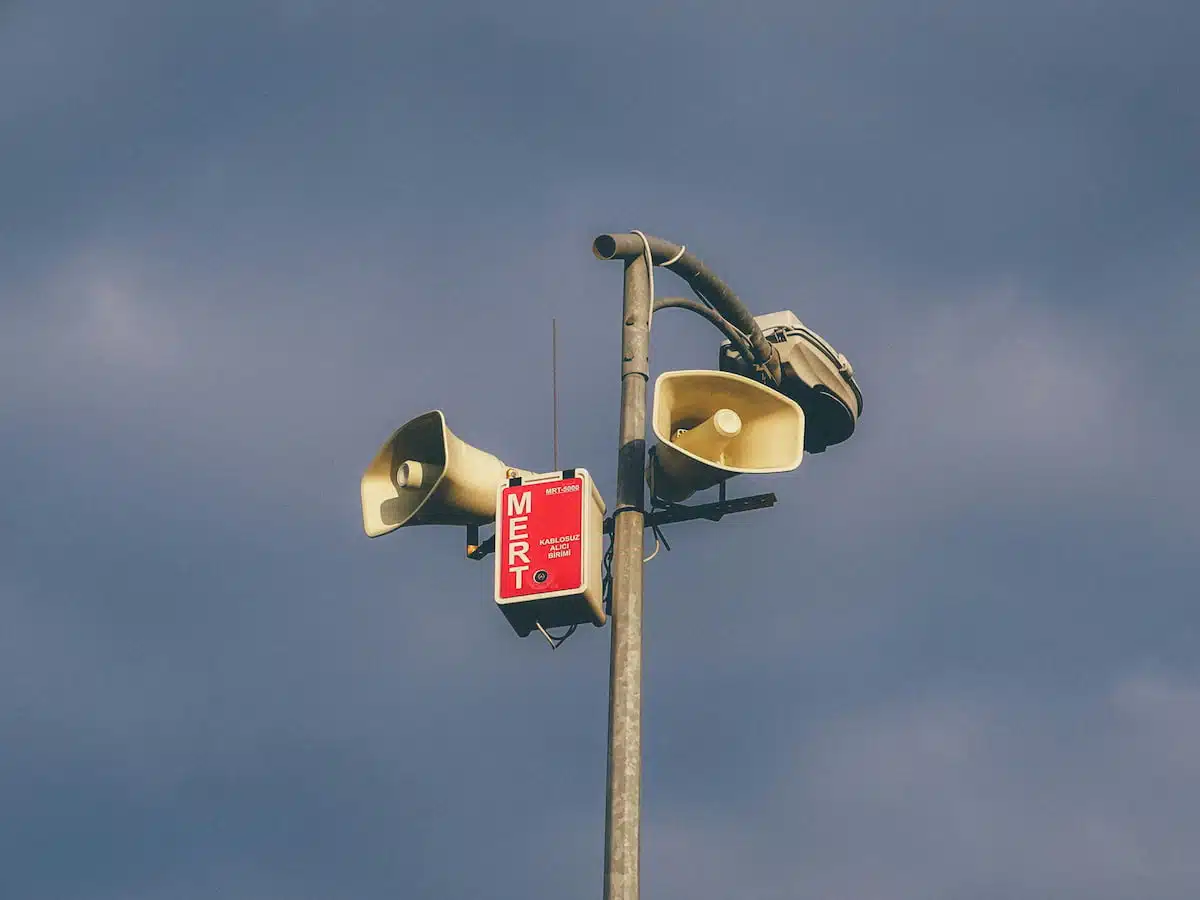
7 Questions to Assess the Health of Your Surveillance & Security Technology
Your surveillance and security systems are only as strong as their weakest component. Outdated hardware, unsupported software, or a lack …

As we continue our exploration into the digital divides highlighted in the US Department of Education’s 2024 National Educational Technology Plan (NETP), we turn our attention to the Digital Design Divide. If you missed Part 1 of this blog series, click here to learn about the Digital Use Divide.
While the Digital Use Divide focuses on how students engage with technology, the Digital Design Divide delves into the quality of training and development needed to support the creation of effective learning experiences. This divide highlights a critical issue: not all educators receive the guidance necessary to design technology-integrated lessons that are engaging and effective. From insufficient professional development to a lack of resources that address diverse learning styles and accessibility requirements, the way educational technology is implemented can either bridge or broaden the gaps in student achievement.
Part 2 of our examination of the NETP will examine the factors contributing to the Digital Design Divide and discuss strategies to ensure that technology in the classroom is inclusive and supported by high-quality training for educators.

The NETP defines the Digital Design Divide as the “inequitable access to time and support of professional learning for all teachers, educators, and practitioners to build their professional capacity to design learning experiences for all students using edtech.”
As with the Digital Use Divide, it’s not just about having access to technology anymore; it’s about having the time, support, and vision necessary to integrate these tools meaningfully into the curriculum. This divide can be evident from classroom to classroom in the same school, which leads to inconsistent student experiences and varying levels of achievement.
How can we promote digital design equity? To begin closing this divide, it’s critical to examine the systems in place for implementing new technology and training educators on the tools they have available. Involving educators in the creation and planning of the professional development system is crucial to empower teachers to create engaging learning environments for students.

| US Department of Education Recommendations | How S3 Technologies Can Help |
| Develop a “Portrait of an Educator” outlining the cognitive, personal, and interpersonal competencies educators should have to design learning experiences that help students develop the skills and attributes outlined in the profile of a graduate. | Working with administrators and educators alike to set goals related to technology helps to guide the training and professional development plan schools implement. At S3, we use the TUPS mentioned in Part 1 of this blog series to assess how confident teachers feel in using/implementing technology. This identifies areas to target during training, which ultimately benefits the student experience. |
| Design and sustain systems that support ongoing learning for new and veteran teachers and administrators, providing them with the time and space needed to design learning opportunities aligned with the Universal Design for Learning (UDL) Framework | We strongly believe that ongoing 1:1 coaching with teachers is the most effective way to support tech integration in the classroom. Building on topics throughout the school year empowers teachers to apply the knowledge in their own content areas, with support from S3’s EdTech coaches. |
| Implement feedback mechanisms that empower educators to become leaders and codesigners of professional learning experiences. | At the end of each school year, S3 administers the TUPS to elicit feedback from educators on what tech tools are important in their classrooms and what tools they feel students should be using, which helps to prioritize training topics. We also use the Technology Integration Matrix (TIM) to show teacher growth. Through that, we can identify teacher leaders and pair up teachers who need help with mentor teachers. |
| Develop processes for evaluating the potential effectiveness of digital tools before purchase, including the use of research and evidence. | Creating a system that reviews tools prior to purchase is important, but many school administrators and even educators simply do not have the time to research the effectiveness of each EdTech tool. S3 has a team of experienced educators and tech experts who dedicate time to keeping up-to-date on digital design resources and can advise schools and districts on how said tools align with their tech-related professional goals. |
Addressing the Digital Design Divide requires a commitment to quality training and intentional technology integration in the classroom. At S3 Technologies, we personally understand the challenges educators face and are dedicated to supporting schools in bridging this gap.
We offer personalized professional development that equips educators with the skills needed to design and implement engaging, tech-infused lessons. The TIM is an integral part of S3’s practice in integrating technology in a meaningful way, with an emphasis on instruction. From focused training sessions to ongoing support through coaching, S3 Technologies fosters confident and capable teachers who use technology effectively in their classrooms.
Call (330) 648-5408 today to learn how S3 Technologies can support your school in achieving its educational technology goals.
Check out Part 3 of this blog series where we dive further into the TIM and the TUPS and how they can benefit your school.

Your surveillance and security systems are only as strong as their weakest component. Outdated hardware, unsupported software, or a lack …

School safety has never been more important. In an era where timely and effective communication can make all the difference, …

These days, school video productions have become commonplace. Most students own smartphones with cameras, many editing programs are free, and …

“What technology should I buy for my school?” It’s a common question among teachers and administrators—and with good reason. Educational …